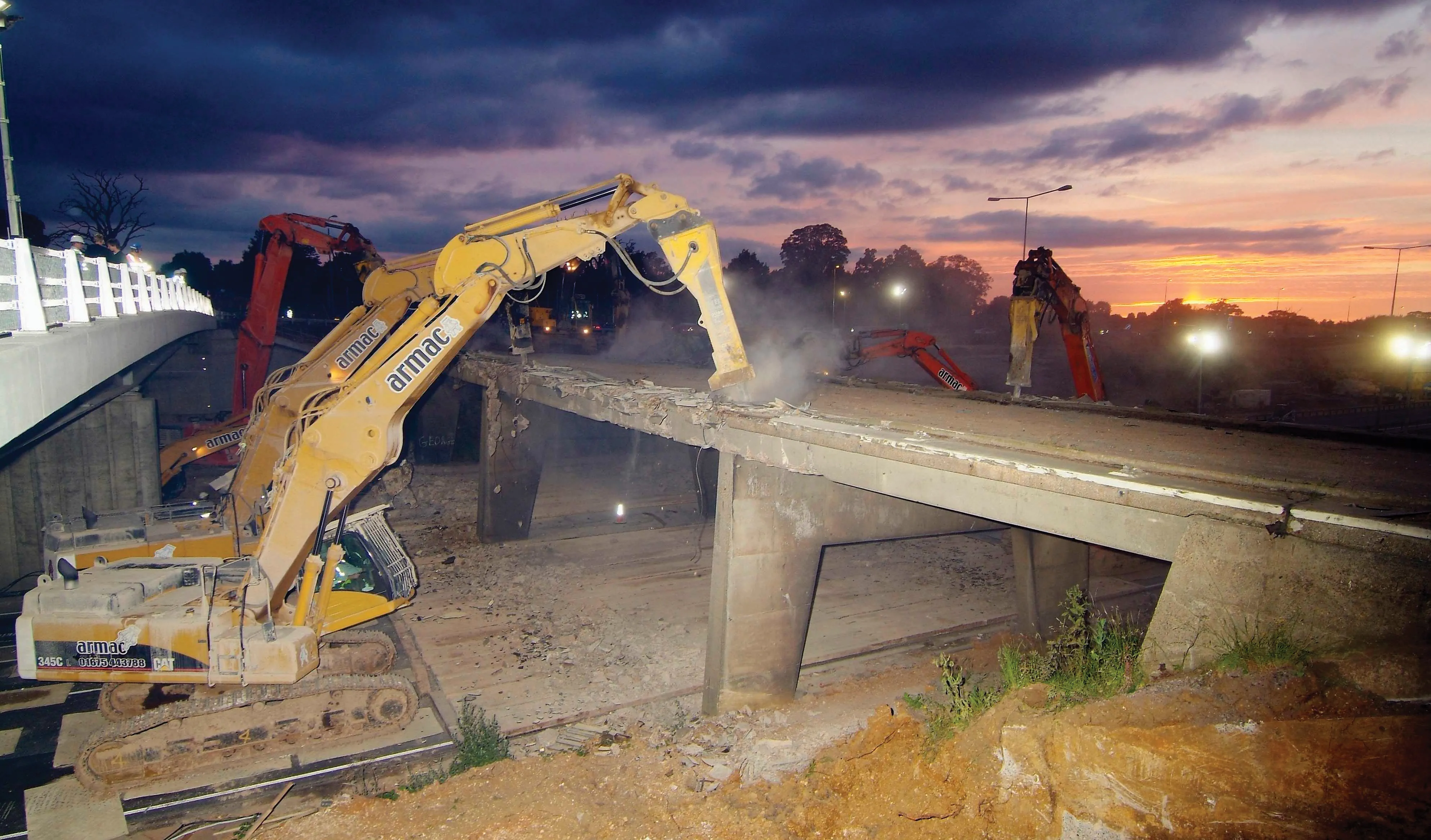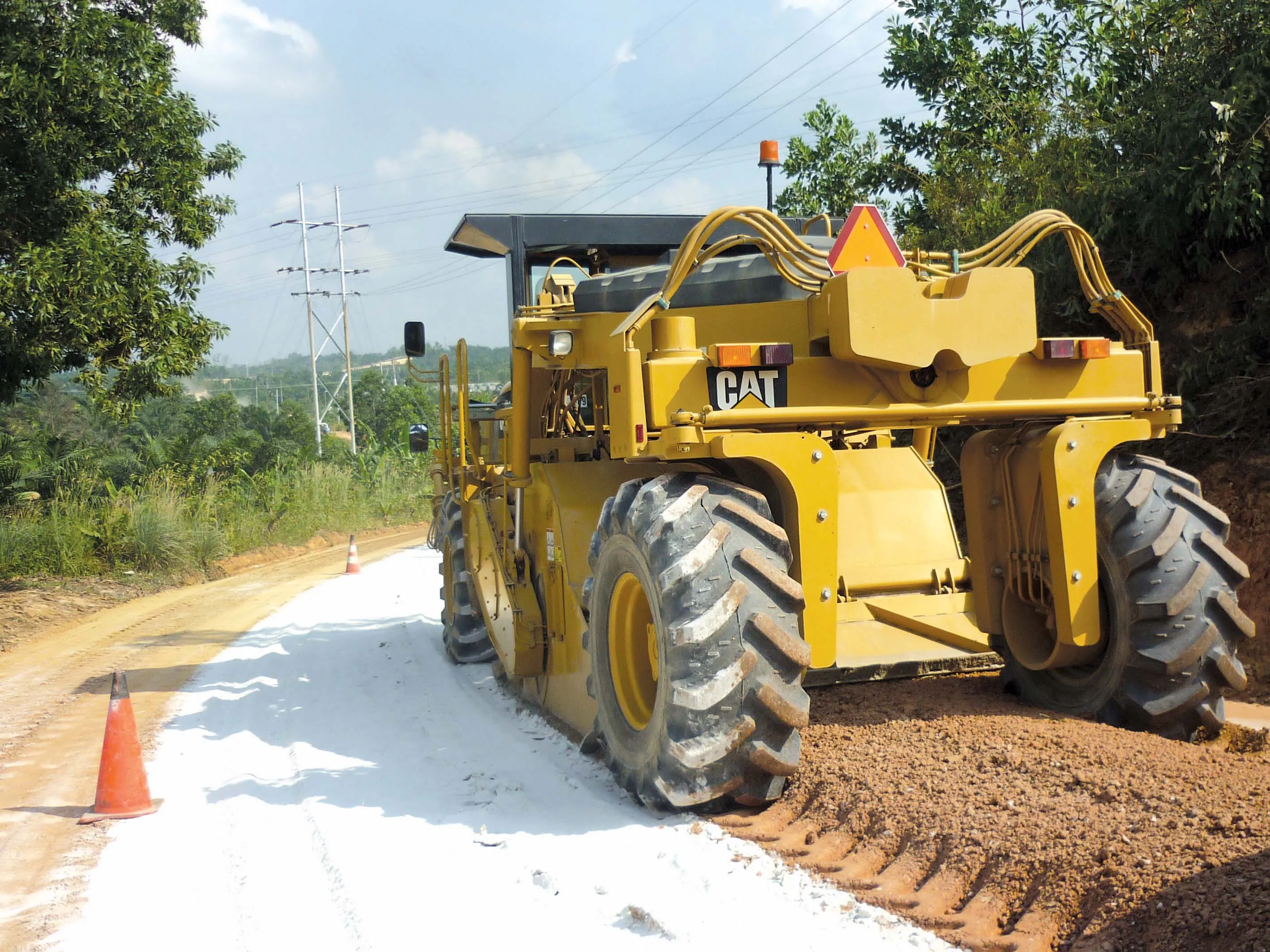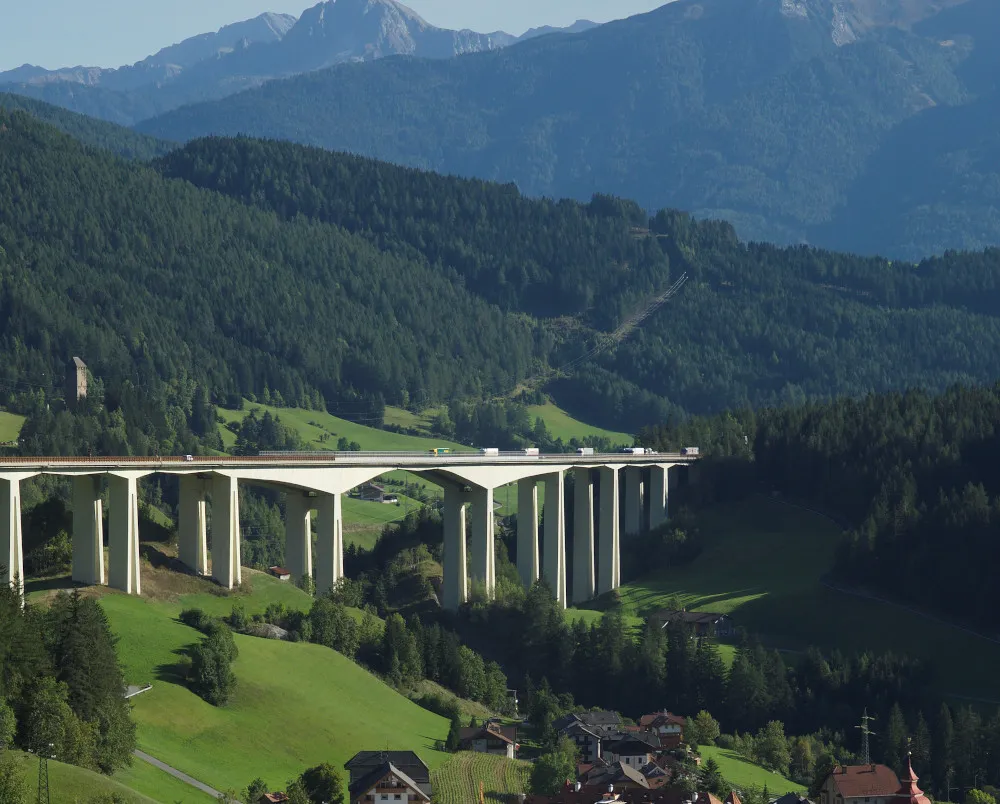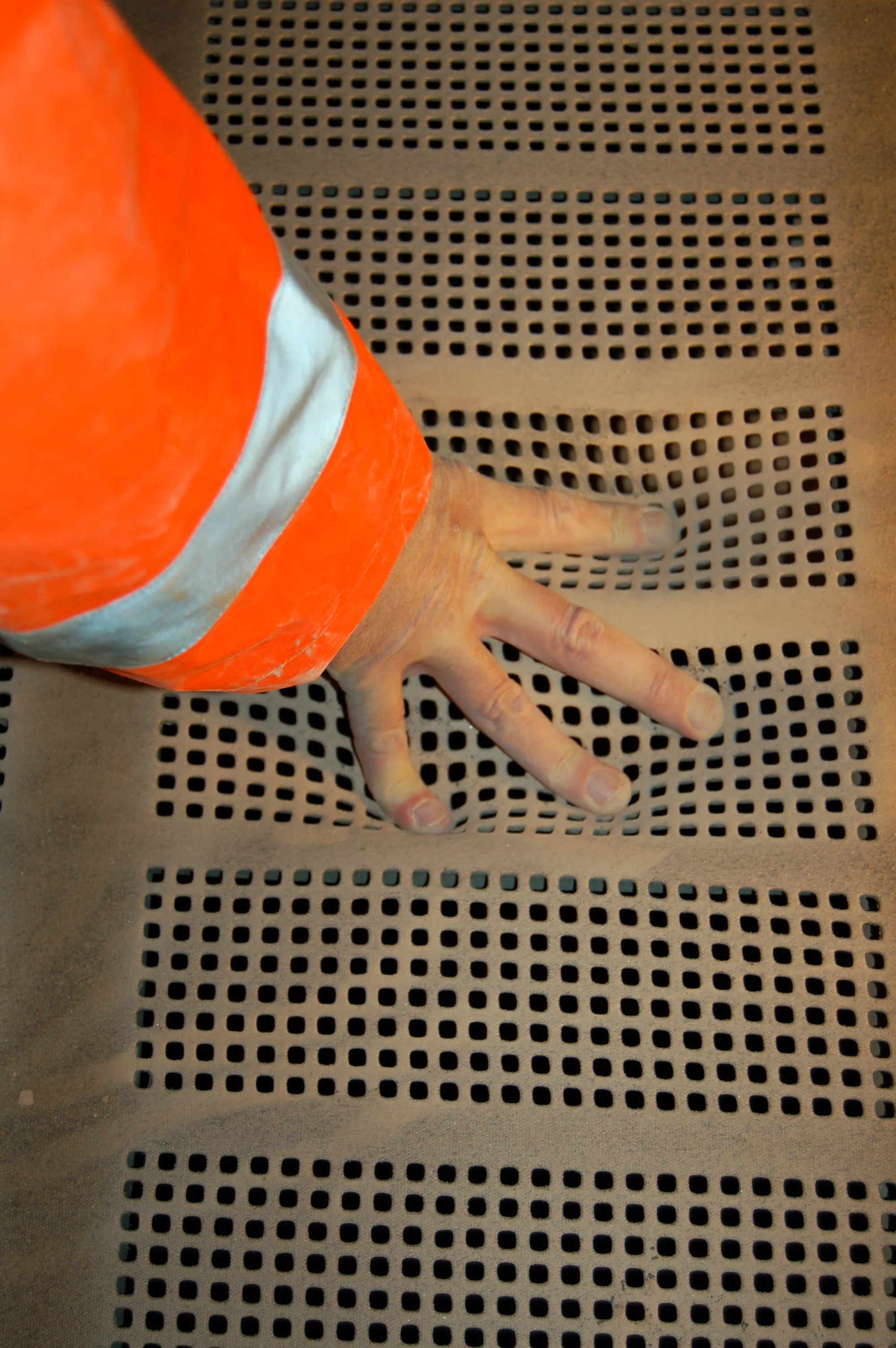The future of Scotland's Forth Road Bridge is posing serious questions with a wide potential impact for the transportation sector. All over the world existing highway bridges are in need of repair and replacement, with potentially catastrophic consequences should this need be ignored.
February 22, 2012
Read time: 3 mins
The future of Scotland's Forth Road Bridge is posing serious questions with a wide potential impact for the transportation sector. All over the world existing highway bridges are in need of repair and replacement, with potentially catastrophic consequences should this need be ignored.
The Forth Road Bridge opened to traffic in 1964, having been conceived and designed in the 1950s. It is a well thought out and well engineered structure that was built to good quality standards, while it has also been regularly maintained. Despite all this however, the bridge is wearing out. A combination of factors has resulted in the structure facing an uncertain future.
One of the problems is that the bridge carries significantly more traffic than it was designed for. A huge boom in car ownership in Europe has resulted in a massive increase in cars using the bridge.
Another problem is that when the bridge was designed, heavy goods vehicles (HGVs) had gross vehicle weights (GVW) of around 20tonnes, while these only represented a comparatively small proportion of the traffic on the UK's roads. European regulations now allow for HGVs weighing up to 44tonnes, with the prospect of even heavier vehicles to come. There has been a reduction in freight being carried by train and a corresponding increase in truck traffic over the last 40 years on the UK's roads. The combination of the increased vehicle traffic and greater numbers of heavier trucks mean that the bridge is now carrying loads far beyond the vision of its designers.
Furthermore the bridge has suffered from the corrosive effects of salt, which has reduced the strength of its suspension cables. Measures have been taken to assess the wear and dry out the cables but questions remain over the long term life of the entire bridge.
Bear in mind that the Forth Road Bridge was well designed, well built and has been well maintained. And even so, it is wearing out. The highway bridge collapse in Minnesota which resulted in numerous fatalities shows that even in affluent developed nations, such disasters can occur.
A new Forth Replacement Bridge is being planned at a cost of some E2.64 billion and once this opens, it will carry heavy vehicles and these will not be allowed over the current bridge.
Complacency has resulted in developed countries often ignoring the critical need for infrastructure maintenance. Studies show that thousands of bridges are in desperate need of repair or replacement in the US alone. And the Chinese authorities have also identified a need to replace a large number of bridges that are now unable to cope with rapidly expanding traffic volumes. Bridge replacement programmes have to be considered now before it is too late and before another disaster claims the lives of road users as happened in Minnesota.
The Forth Road Bridge opened to traffic in 1964, having been conceived and designed in the 1950s. It is a well thought out and well engineered structure that was built to good quality standards, while it has also been regularly maintained. Despite all this however, the bridge is wearing out. A combination of factors has resulted in the structure facing an uncertain future.
One of the problems is that the bridge carries significantly more traffic than it was designed for. A huge boom in car ownership in Europe has resulted in a massive increase in cars using the bridge.
Another problem is that when the bridge was designed, heavy goods vehicles (HGVs) had gross vehicle weights (GVW) of around 20tonnes, while these only represented a comparatively small proportion of the traffic on the UK's roads. European regulations now allow for HGVs weighing up to 44tonnes, with the prospect of even heavier vehicles to come. There has been a reduction in freight being carried by train and a corresponding increase in truck traffic over the last 40 years on the UK's roads. The combination of the increased vehicle traffic and greater numbers of heavier trucks mean that the bridge is now carrying loads far beyond the vision of its designers.
Furthermore the bridge has suffered from the corrosive effects of salt, which has reduced the strength of its suspension cables. Measures have been taken to assess the wear and dry out the cables but questions remain over the long term life of the entire bridge.
Bear in mind that the Forth Road Bridge was well designed, well built and has been well maintained. And even so, it is wearing out. The highway bridge collapse in Minnesota which resulted in numerous fatalities shows that even in affluent developed nations, such disasters can occur.
A new Forth Replacement Bridge is being planned at a cost of some E2.64 billion and once this opens, it will carry heavy vehicles and these will not be allowed over the current bridge.
Complacency has resulted in developed countries often ignoring the critical need for infrastructure maintenance. Studies show that thousands of bridges are in desperate need of repair or replacement in the US alone. And the Chinese authorities have also identified a need to replace a large number of bridges that are now unable to cope with rapidly expanding traffic volumes. Bridge replacement programmes have to be considered now before it is too late and before another disaster claims the lives of road users as happened in Minnesota.









